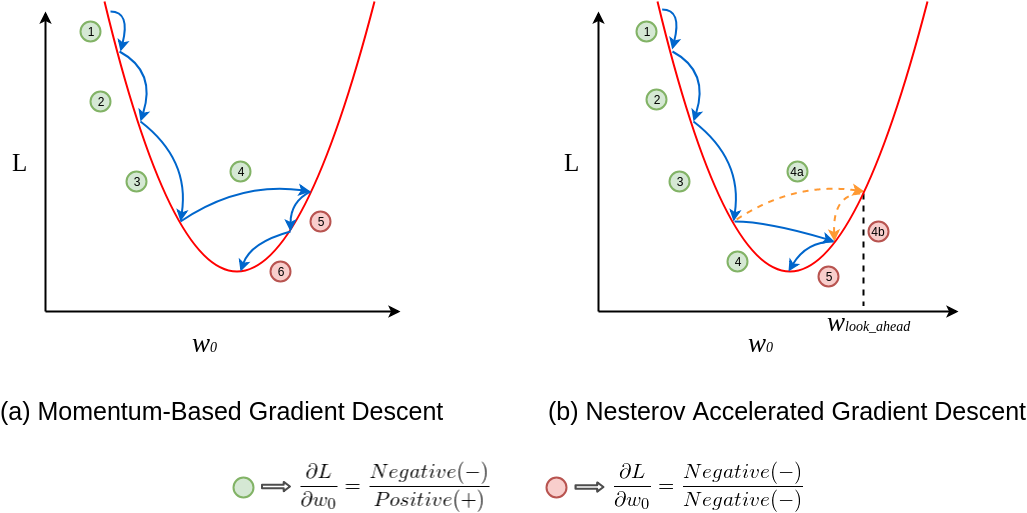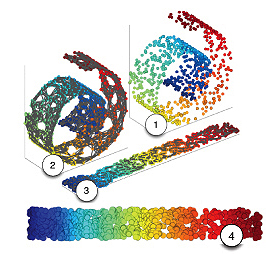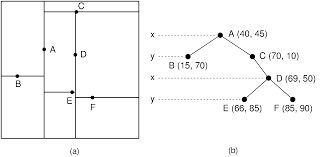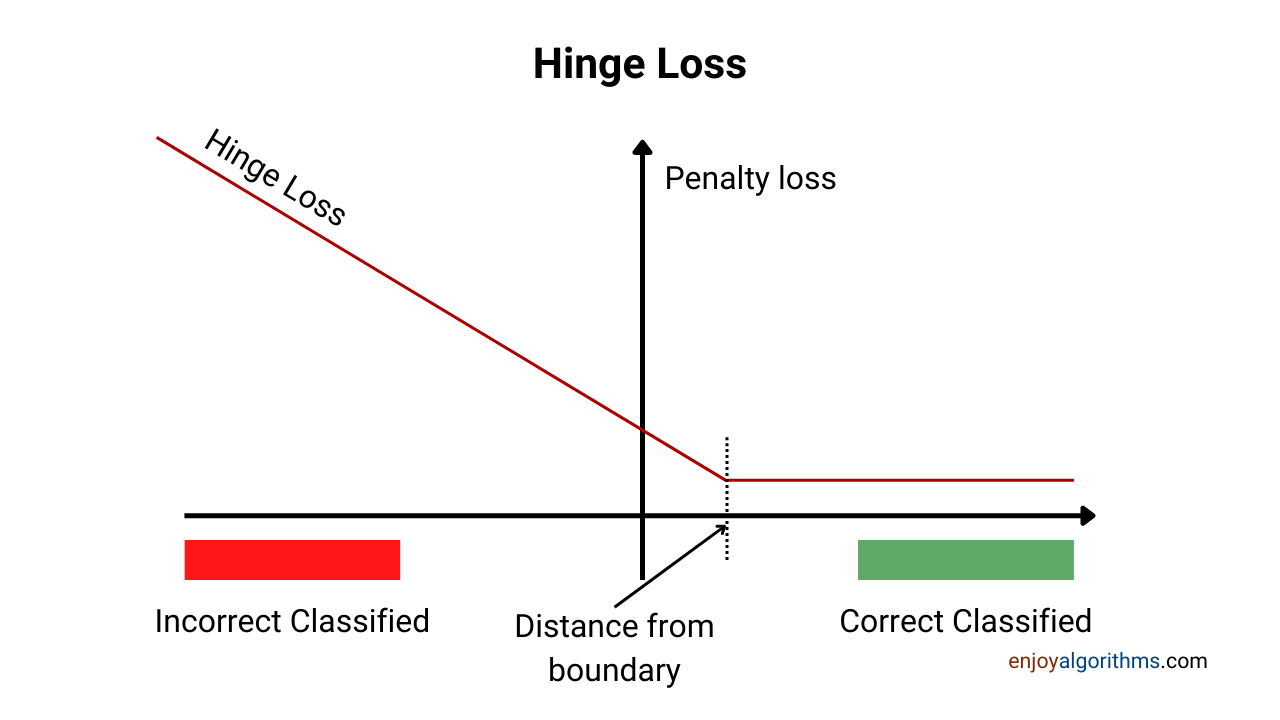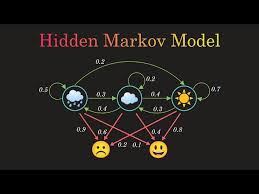Momentum and Nesterov Momentum are essential optimisation techniques that accelerate machine learning training by smoothing updates and improving accuracy. This blog explores their history, functionality, features, and applications, including their impact in Australian industries like healthcare and environmental forecasting.
Manifold learning simplifies high-dimensional data into low-dimensional representations while preserving structural integrity. This blog explores its techniques, features, tools, and applications in Australian government sectors like education and agriculture.
KD-Trees, introduced in 1975 by Jon Bentley, revolutionised multidimensional data processing with their efficiency and adaptability. This blog explores their history, features, types, tools, and applications in Australian industries like geoscience and urban planning.
The Hinge cost function, introduced in the 1990s, is vital for improving classification models by maximising margins and penalising misclassifications. This blog explores its history, features, tools, and applications in Australian industries like healthcare and transportation.
Hidden Markov Models (HMMs) are powerful tools for uncovering patterns in sequential data, with applications spanning healthcare, transport, and finance. This blog delves into their history, functionality, tools, and real-world impact in Australia.
A Brief History: Who Developed Hebb’s Rule? Hebb’s rule, a cornerstone of neural learning, was introduced in 1949 by Canadian psychologist Donald Hebb. Often considered the foundation of modern neural network research, Hebb’s rule has profoundly influenced fields like machine …


